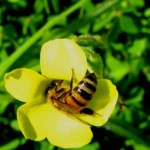 As a beekeeper it is all to easy to relax once the first spring flowers begin to show and your bees are beginning to venture out and assume that your bees can fend for themselves again. This is the time when bees may need the most help. As the bees become more active they will need more food, which they may not readily be able to replenish yet from external resources. In addition a few good spring days maybe followed by days of cold and wet weather at this time of year. In fact early spring / late winter is the time when honeybee colonies can be most at risk.
As a beekeeper it is all to easy to relax once the first spring flowers begin to show and your bees are beginning to venture out and assume that your bees can fend for themselves again. This is the time when bees may need the most help. As the bees become more active they will need more food, which they may not readily be able to replenish yet from external resources. In addition a few good spring days maybe followed by days of cold and wet weather at this time of year. In fact early spring / late winter is the time when honeybee colonies can be most at risk.
Having got your colonies through winter it important for beekeepers to correctly manage hives that have survived as this is the time of the year when bees start running out of stored honey if they haven’t already, especially if they are starting to become active for some parts of the day. To help them not to die from starvation, it’s important that you feed your bees. If you find dead bees with their heads stuck in cells, this is a sign that they have starved to death.
It is too early to feed your bees sugar-water as they will not be able to get rid of the excess moisture. A quick method of getting food to them is to pure some sugar into a bowl and add just enough water so that you can form the sugar into a firm but moist ball. This ball can then easily be added to the hive either over the hole on the crown board or onto the frames above where there are most active bees present.
Alternatively you can tear a paper bag of sugar add a small amount of water enough to moisten but not soak the bag and place this into the hive.
Pollen patties are a good source of protein for the bees, which is essential for any new brood that maybe developing. These can be purchased or made from a dry powder mix.
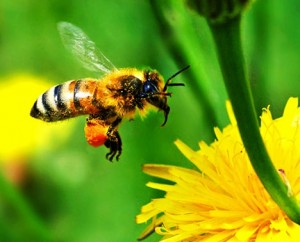
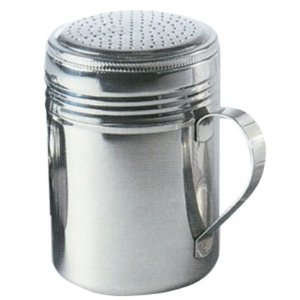 The use of powdered sugar dusting is a popular non-chemical approach to the control of varroa mite in honey bee colonies and is seen as an effective integrated pest management control (that is, one that does not rely on chemical intervention but good management practices.)
The use of powdered sugar dusting is a popular non-chemical approach to the control of varroa mite in honey bee colonies and is seen as an effective integrated pest management control (that is, one that does not rely on chemical intervention but good management practices.)
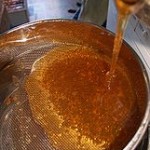 Although honey crystallisation is a natural process (see also …
Although honey crystallisation is a natural process (see also …
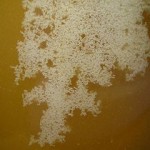 Many people when their runny golden honey turns thick, semi-solid and opaque become concerned that the product has gone off or in some way it is past its use by date. However this granulation or crystallisation is a natural process and all honey has a tendency to some degree to crystallise. Beekeepers call this ‘set honey’ and some honey eaters prefer it as it is easier to spread and is less messy.
Many people when their runny golden honey turns thick, semi-solid and opaque become concerned that the product has gone off or in some way it is past its use by date. However this granulation or crystallisation is a natural process and all honey has a tendency to some degree to crystallise. Beekeepers call this ‘set honey’ and some honey eaters prefer it as it is easier to spread and is less messy.
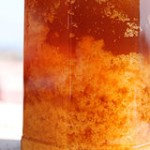 which eventually spreads throughout the honey. Most honey will crystallise uniformly but some just form a crystallised layer on the bottom of the container with the top remaining liquid. The quicker the crystallisation process occurs the finer the texture will be.
which eventually spreads throughout the honey. Most honey will crystallise uniformly but some just form a crystallised layer on the bottom of the container with the top remaining liquid. The quicker the crystallisation process occurs the finer the texture will be.
 Honey bees like most insects not only have a brain in their head but several sub brains or
ganglia
(7 of these) spread throughout their bodies. There are 2 ganglia in the thorax and 5 in the abdomen. Ganglia function independently but can be controlled or over written by instructions from the main brain. They also send feedback to the main brain about the state of the environment in their particular area.
Honey bees like most insects not only have a brain in their head but several sub brains or
ganglia
(7 of these) spread throughout their bodies. There are 2 ganglia in the thorax and 5 in the abdomen. Ganglia function independently but can be controlled or over written by instructions from the main brain. They also send feedback to the main brain about the state of the environment in their particular area.
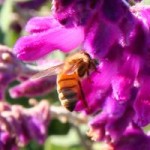 Everyone knows that honey bees make honey, but most are unaware of exactly how they produce this liquid gold. This article will give you an insight into the work of the honey bee.
Everyone knows that honey bees make honey, but most are unaware of exactly how they produce this liquid gold. This article will give you an insight into the work of the honey bee.
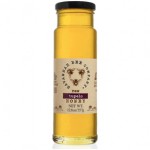 Tupelo honey is highly sought after and is considered to be a premium honey due to its purity and relative scarcity. Pure Tupelo honey is only produced in the Southeastern United States, in the Apalachicola River basin, the Chipola River (a tributary of the Apalachicola) and the The Ochlocknee and Choctahatchee Rivers in Northwest Florida and Southern Georgia. These areas are the only places in the world where certified Tupelo honey is produced. As it is the only place where the white tupelo tree,
Nyssa Ogeche
, that produces pure Tupelo honey, grows in any abundance.
Tupelo honey is highly sought after and is considered to be a premium honey due to its purity and relative scarcity. Pure Tupelo honey is only produced in the Southeastern United States, in the Apalachicola River basin, the Chipola River (a tributary of the Apalachicola) and the The Ochlocknee and Choctahatchee Rivers in Northwest Florida and Southern Georgia. These areas are the only places in the world where certified Tupelo honey is produced. As it is the only place where the white tupelo tree,
Nyssa Ogeche
, that produces pure Tupelo honey, grows in any abundance.
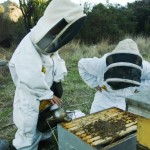 When inspecting a hive there are several things that you should be looking out for and these are summarised below.
When inspecting a hive there are several things that you should be looking out for and these are summarised below.
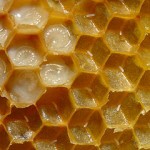
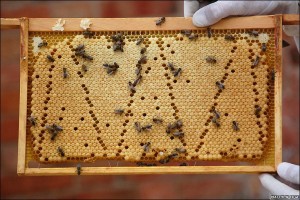 Presence of all stages of brood
Presence of all stages of brood
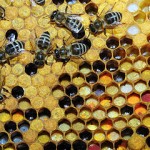
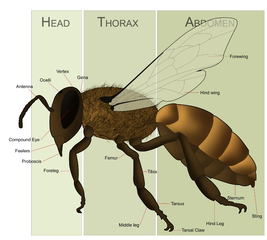 The worker honey bee has several important glands situated in her head, thorax and abdomen. Starting just inside the bee’s mouth are the opening points of two very large glands, these are called the
hypopharyngeal
glands. The hypopharyngeal glands are crucial to the honey bee and to the survival of the colony.
The worker honey bee has several important glands situated in her head, thorax and abdomen. Starting just inside the bee’s mouth are the opening points of two very large glands, these are called the
hypopharyngeal
glands. The hypopharyngeal glands are crucial to the honey bee and to the survival of the colony.
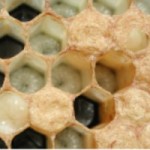 The alimentary canal of a bee larvae is not as complex and developed as that of a fully grown bee (see
The alimentary canal of a bee larvae is not as complex and developed as that of a fully grown bee (see
